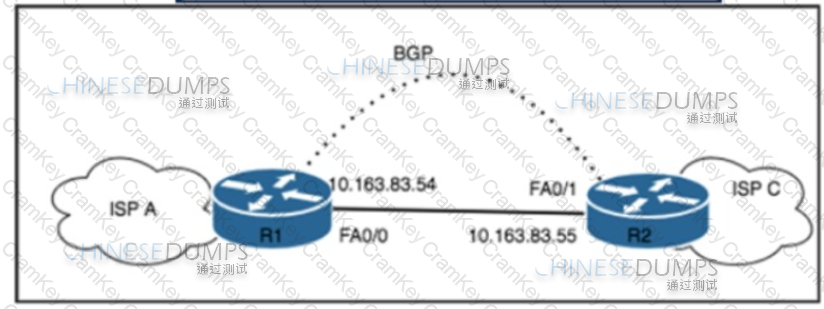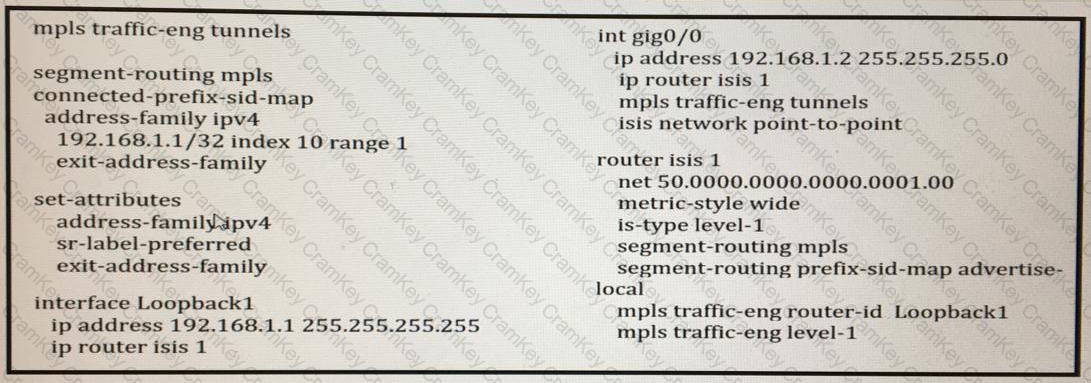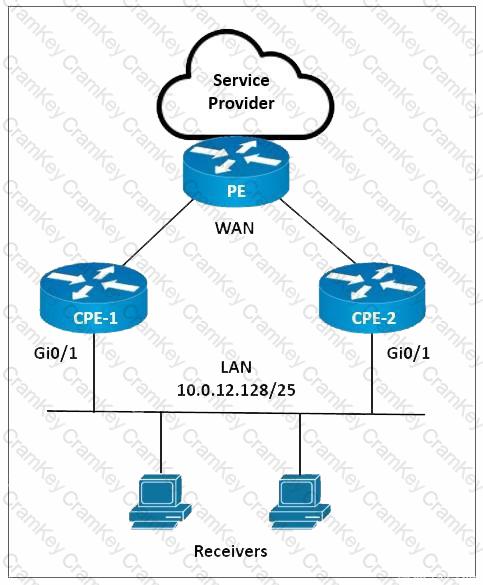Implementing and Operating Cisco Service Provider Network Core Technologies (350-501 SPCOR)
Last Update Dec 7, 2025
Total Questions : 547
To help you prepare for the 350-501 Cisco exam, we are offering free 350-501 Cisco exam questions. All you need to do is sign up, provide your details, and prepare with the free 350-501 practice questions. Once you have done that, you will have access to the entire pool of Implementing and Operating Cisco Service Provider Network Core Technologies (350-501 SPCOR) 350-501 test questions which will help you better prepare for the exam. Additionally, you can also find a range of Implementing and Operating Cisco Service Provider Network Core Technologies (350-501 SPCOR) resources online to help you better understand the topics covered on the exam, such as Implementing and Operating Cisco Service Provider Network Core Technologies (350-501 SPCOR) 350-501 video tutorials, blogs, study guides, and more. Additionally, you can also practice with realistic Cisco 350-501 exam simulations and get feedback on your progress. Finally, you can also share your progress with friends and family and get encouragement and support from them.


Refer to the exhbit. ISP A has a BGP peering with ISP C with the maximum-prefix 150 configuration on R1. After a recent security breach on the ISP A network, a network engineer has been asked to enable a lightweight security mechanism to protect the R1 CPU and BGP membership from spoofing attacks. Which solution must ISP A implement?
Which programmable API allows the service provider to plan and optimize the automation of network operations and achieve closed-loop operations?
Refer to the exhibit:

Which statement about this configuration is true"?

Refer to the exhibit. A network engineer is implementing multicast services on CPE-1 and CPE-2. CPE-1 must be configured as the preferred IGMP querier for the LAN segment. PIM-SM must be implemented on the LAN interfaces with an IGMP version that supports (*, G) joins only. Which configurations must the engineer implement on CPE-1 and CPE-2?